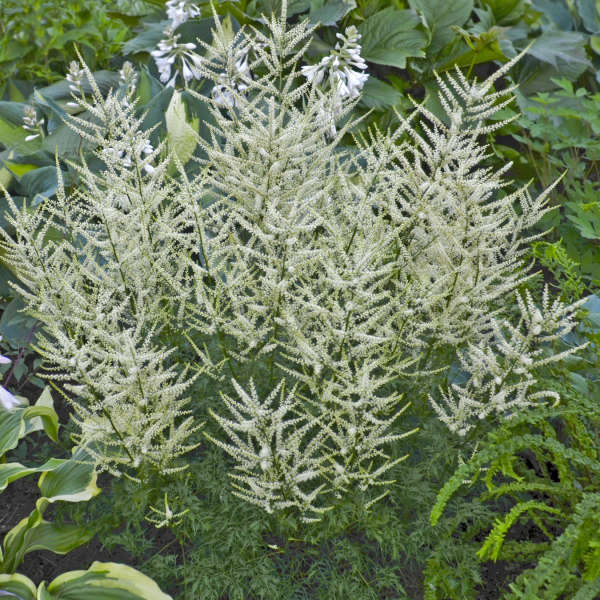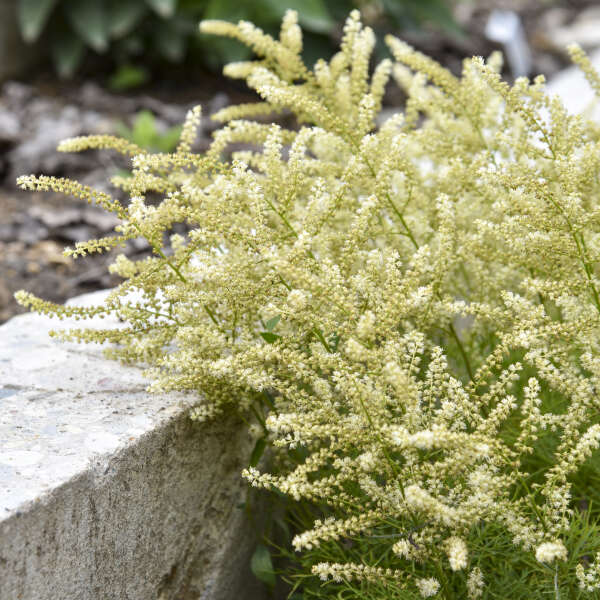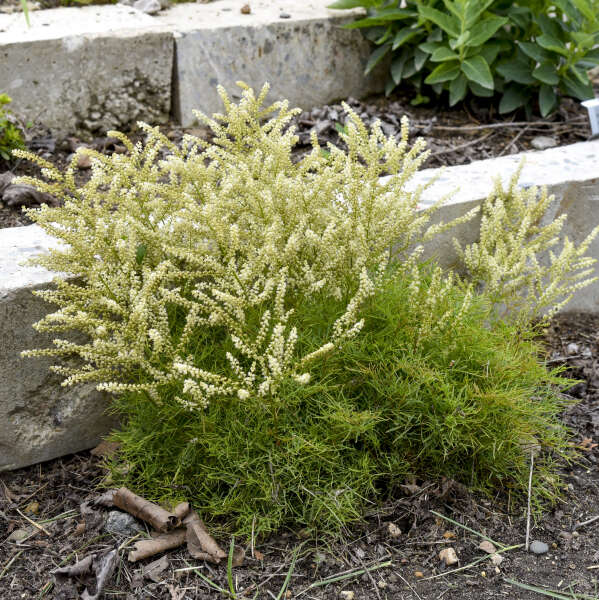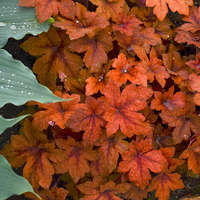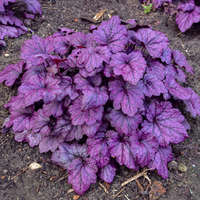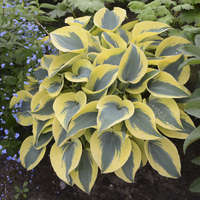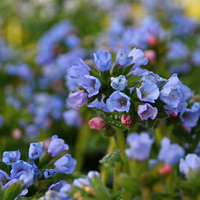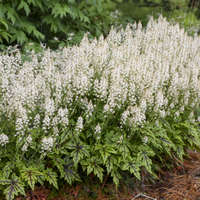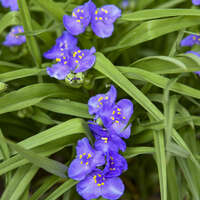Aruncus 'Fairy Hair' PP30242

Common Name: Goat's Beard
This new Goatsbeard is an appropriate size for tucking into places in your shade garden. 'Fairy Hair' produces sprays of creamy, triangular flower plumes that age to a darker color. Its foliage adds a whimsical touch to the garden with its needle-like, medium green leaves. Although the foliage is incredibly dissected, it produces a thick, substantial clump for a solid presence. Goatsbeard is similar in appearance to Astilbe in the garden, but it is more drought tolerant.
Though Aruncus tends to be a slow-grower the first couple of seasons, once it is established it puts on a fabulous show year after year. Make sure it has plenty of room to grow when you first plant it; transplanting this species is a very difficult task. This species is native to North America.
30ct Plug Tray |
72ct Plug Tray |
